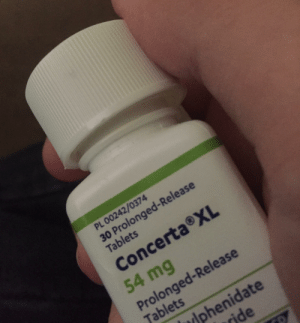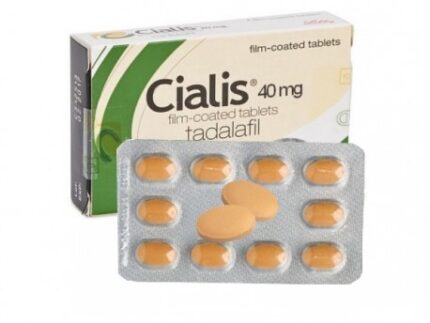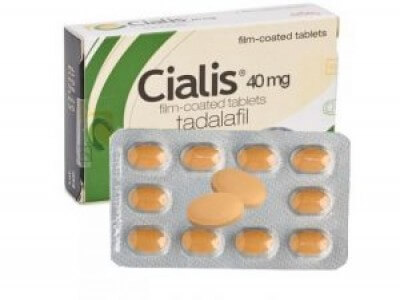vicodin vs norco – buy vicodin
Vicodin es 7.5 mg you need to know that when you take it you can slow or stop your breathing. Never use this medicine in larger amounts, or for longer than prescribed. Do not crush, break, or open an extended-release pill. Swallow it whole to avoid exposure to a potentially fatal dose.
Vicodin 7.5 mg may be habit-forming, even at regular doses. Never share this medicine with another person, especially someone with a history of drug abuse or addiction. Keep the medication in a place where others cannot get to it.
MISUSE OF NARCOTIC MEDICATION CAN CAUSE ADDICTION, OVERDOSE, OR DEATH, especially in a child or other person using the medicine without a prescription.
You should not use this medicine if you have severe asthma or breathing problems, or a blockage in your stomach or intestines.
Tell your doctor if you are pregnant. Vicodin 7.5 mg may cause life-threatening withdrawal symptoms in a newborn if the mother has taken this medicine during pregnancy.
Do not drink alcohol. Dangerous side effects or death could occur when alcohol is combined with this medicine.
Before taking this medicine
You should not use Vicodin 7.5 mg if you are allergic to it, or if you have:
- severe asthma or breathing problems; or
- a bowel obstruction called paralytic ileus.
Hydrocodone may be habit forming. Never share this medicine with another person, especially someone with a history of drug abuse or addiction. Keep the medication in a place where others cannot get to it. Selling or giving away hydrocodone is against the law.
Some medicines can interact with hydrocodone and cause a serious condition called serotonin syndrome. Be sure your doctor knows if you also take medicine for depression, mental illness, Parkinson’s disease, migraine headaches, serious infections, or prevention of nausea and vomiting. Ask your doctor before making any changes in how or when you take your medications.
To make sure this medicine is safe for you, tell your doctor if you have:
- any type of breathing problem or lung disease;
- a history of head injury, brain tumor, or seizures;
- a history of drug abuse, alcohol addiction, or mental illness;
- urination problems;
- liver or kidney disease;
- a heart rhythm disorder called long QT syndrome;
- a blockage in your stomach or intestines;
- problems with your gallbladder, pancreas, or thyroid; or
-
if you use a sedative like Valium (diazepam, alprazolam, lorazepam, Ativan, Klonopin, Restoril, Tranxene, Versed, Xanax, and others).
Vicodin 7.5 mg is more likely to cause breathing problems in older adults and people who are severely ill, malnourished, or otherwise debilitated.
It is not known whether this medicine will harm an unborn baby. If you use hydrocodone while you are pregnant, your baby could become dependent on the drug.


















Reviews
There are no reviews yet.